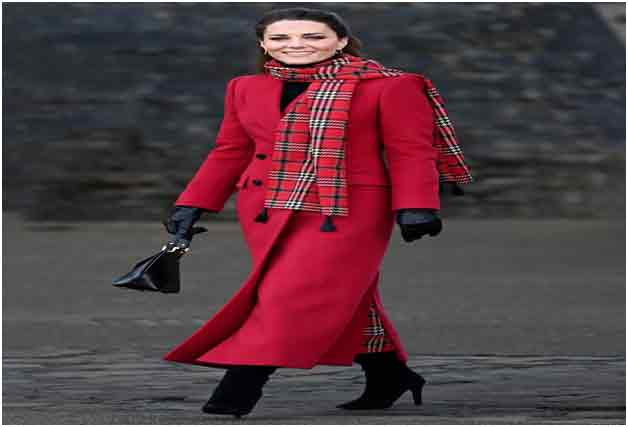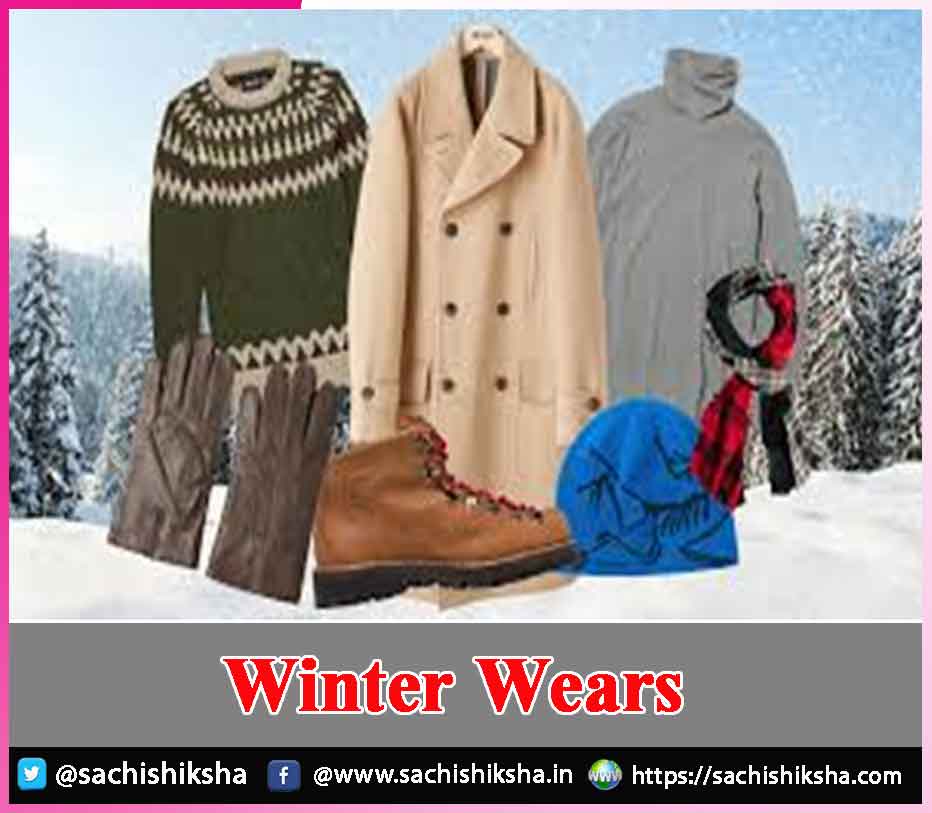Winter Wears
Introduction: As the crisp winter air descends, it brings with it a need for a wardrobe transformation. The key to facing the chilly month(s) lies in layering and selecting the proper winter wear. Beyond mere functionality, winter clothing has evolved into a realm of fashion where style meets warmth. This comprehensive guide delves into the world of winter wear, exploring the essentials that make up a well-rounded winter wardrobe.
Table of Contents
The Foundation: Thermal Base Layers:

Insulating Layers: Sweaters and Fleece:
Building on the foundation, insulating layers are designed to trap and retain heat. Sweaters made from wool, cashmere, or synthetic materials provide an extra layer of warmth. Fleece, known for its lightweight and insulating properties, has become a staple in winter wardrobes. These layers add warmth and contribute to the overall aesthetic of your winter ensemble.
Outerwear: Jackets and Coats:
Choosing the right outerwear is crucial in facing the winter elements. A well-insulated jacket or coat shields against wind, rain, and snow. Down jackets, filled with goose or duck feathers, are renowned for their exceptional insulation, offering a lightweight yet effective solution. For a more stylish approach, wool and trench coats add sophistication to winter outfits while keeping you snug.
Bottoms: Pants and Leggings:

Footwear: Boots and Socks:
Cold feet can quickly dampen your winter experience, making the proper footwear essential. Insulated boots, such as those with THINSULATE or GORE-TEX technology, provide warmth without compromising style. Pair them with moisture-wicking thermal socks to ensure your feet remain warm and dry even in the worst weather.
Accessories: Hats, Scarves, and Gloves:
No winter ensemble is complete without the right accessories. A warm hat is crucial for retaining body heat, as a significant amount can be lost through the head. Scarves add a stylish touch and provide extra insulation for the neck and face. For optimal warmth, choose materials like cashmere or wool. Lastly, gloves or mittens protect your hands from the cold, and touchscreen-compatible options allow you to stay connected even in chilly weather.
Fashion Meets Function: Trends in Winter Wears:
The world of winter fashion is not limited to functionality alone. Each year, new trends emerge, offering a fresh take on traditional winter wear. Faux fur-lined hoods, vibrant puffer jackets, and oversized knit sweaters are just a few examples of how fashion and function merge in the winter wardrobe. Staying on top of these trends allows you to express your style while staying warm.
Sustainability in Winter Fashion:
As the fashion industry becomes increasingly aware of its impact on the environment, sustainable solutions are becoming increasingly popular in the winter clothing market. Brands incorporate recycled materials, eco-friendly insulation, and ethical production practices into their winter collections. Investing in sustainable winter wear contributes to environmental conservation and ensures that your wardrobe aligns with moral principles.
Maintaining and Storing Winter Wears:
Maintaining and storing your winter clothing properly will help it last longer. Regularly cleaning and waterproofing outerwear ensures they remain effective in repelling moisture and retaining heat. Use breathable garment bags to prevent mold and mildew when storing winter clothes during the off-season. Additionally, ensure that items are clean and fully dry before storage to avoid unpleasant odors.
Conclusion:
In winter wear, the emphasis goes beyond mere protection from the cold; it is an opportunity to showcase style and embrace the season enthusiastically. From thermal base layers to fashionable outerwear, the key lies in layering strategically and choosing materials that balance warmth and comfort. As winter approaches, let your wardrobe reflect your personality and practical needs, allowing you to face the cold with confidence and style.















































